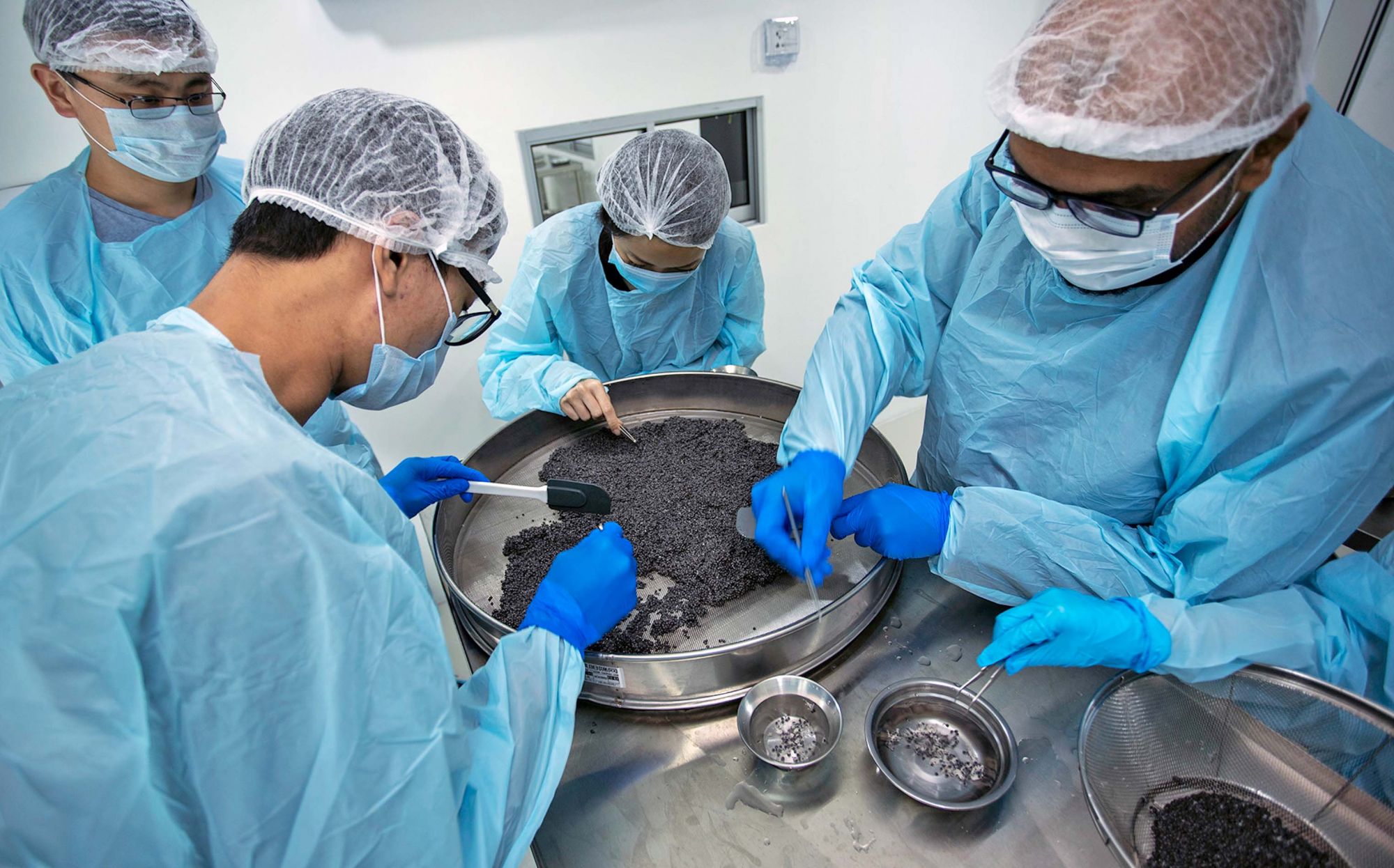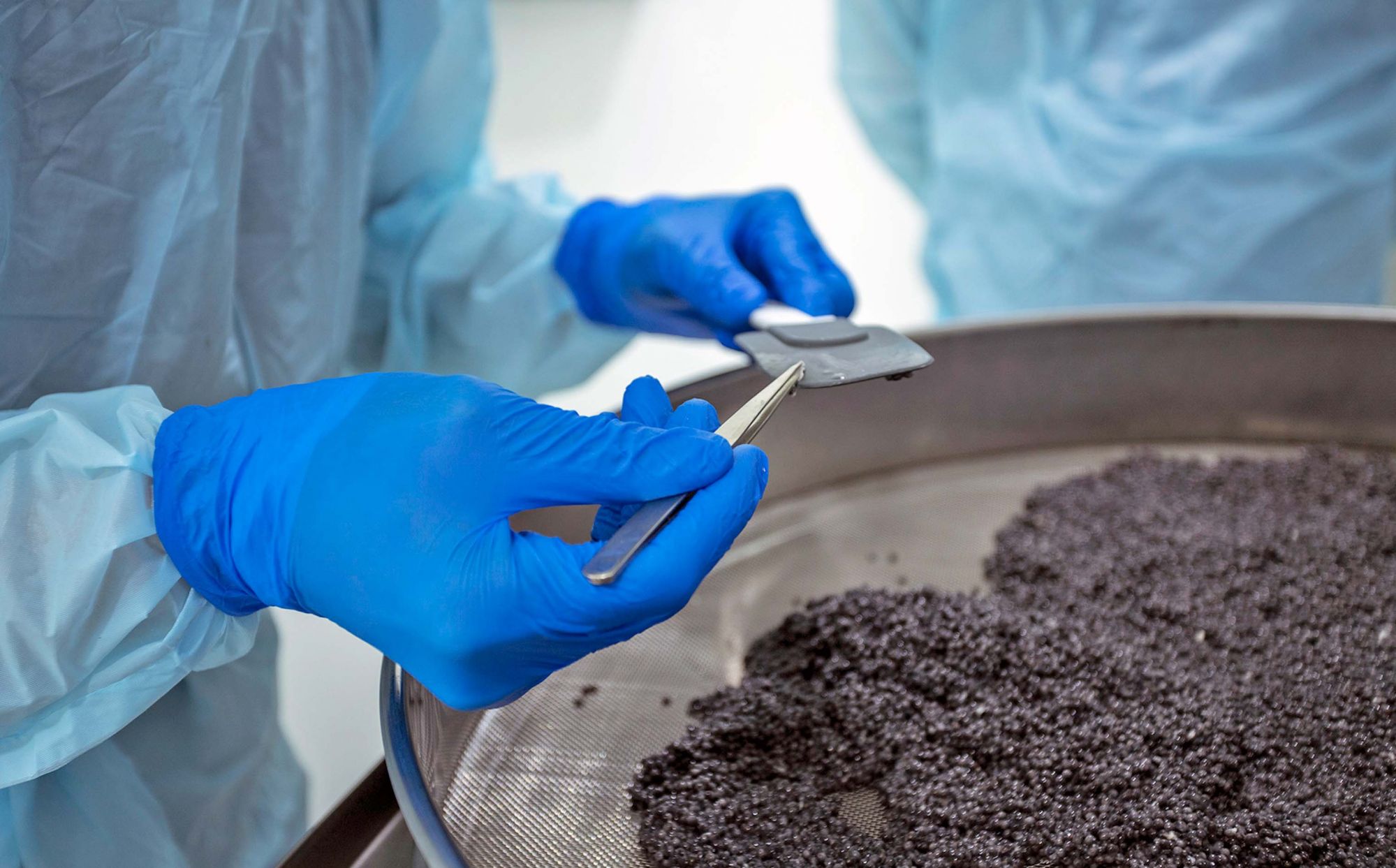Located in Tanjung Malim, Perak, T'lur Caviar, which has scooped up armfuls of awards from aquaculture associations, is the first company in the world to successfully reap caviar from coldwater fish in a tropical climate
My fight-or-flight instinct blinks like the coloured Christmas lights in Netflix's Stranger Things. Wouldn't yours if a masked stranger in surgical coveralls beckoned to you from a bare-bones shed? But a closer look at the potential perpetrator reveals recognisable traits: a neatly trimmed beard peeking out from beneath his mask, and glasses that comically fog up as he transitions from air-conditioned space to balmy outdoors.
Shaun Simon, marketing director of T'lur Caviar, wipes the water vapour off of his lens, and says by way of half apology, "When we experience high demand, even the marketing team has to help the floor staff to meet quota. We've been doing quite alright this year!"

The Big Fish
Three characters are indispensable to T'lur Caviar's story.
Often seen as a pair in the public eye, marketing director Shaun Simon and managing director AJ Lim are the 'face' of the brand, especially in English news circulations.
But it took a third man's derring-do to upend the very landscape of the caviar market. Chien Wei Ho, whose bushy eyebrows give him the appearance of a sage scholar, is a Taiwanese septuagenarian with hot stakes in the hospitality industry. By life's strange twists and turns, Chien's hopes of opening a hotel chain in Malaysia in 2006 were overridden by a different dream: to successfully harvest caviar in Malaysian waters.
Gold embossed certificates and a glitzy trophy, material indicators of Chien's success, glint in the background during our interview with T'lur Caviar's team. Speaking with great gusto, Chien raises a finger for every world record they've beaten: 1) Being the first company to breed arctic sturgeon in a tropical country, 2) growing sturgeon at an astoundingly fast pace and 3) producing top quality caviar in the shortest amount of time.
Note that this journey was neither linear nor sans interruptions.







